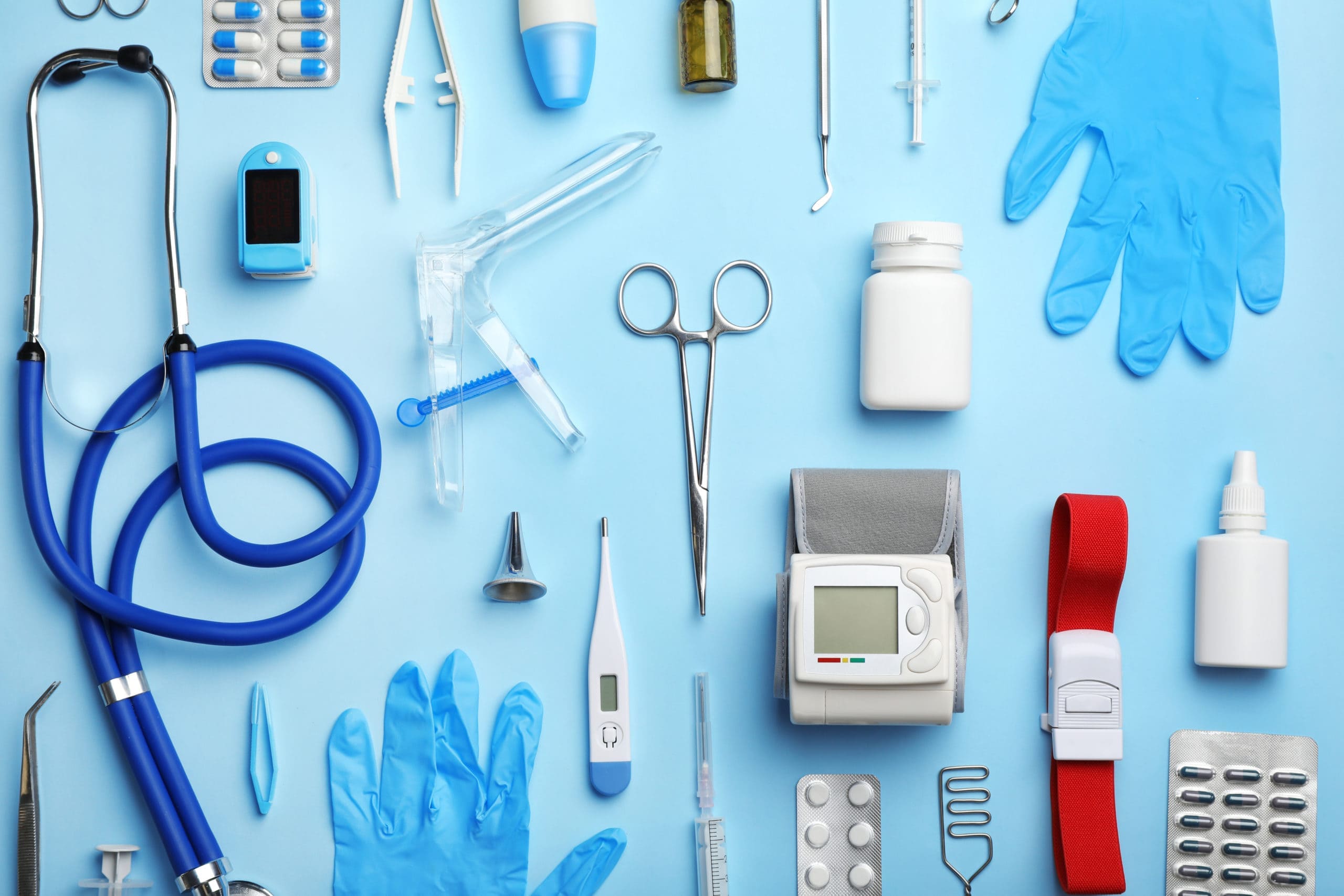
What is a medical device ?
Medical devices regulation
Definition according to European regulations
“medical device” means any instrument, apparatus, equipment, software, implant, reagent, material or other article, intended by the manufacturer to be used, alone or in combination, in humans for one or more specific medical purposes following
— diagnosis, prevention, control, prediction, prognosis, treatment or mitigation of a disease,
— diagnosis, control, treatment, alleviation of an injury or disability or compensation thereof,
— investigation, replacement or modification of an anatomical structure or function or of a physiological or pathological process or state,
— communication of information by means of in vitro examination of samples from the human body, including organ, blood and tissue donations, and whose primary intended action in or on the human body does not is not obtained by pharmacological means or immunological nor by metabolism, but whose function can be assisted by such means.
Source: Article 2 of MDR 2017/745
The definition of medical device is common to all member states of the European Union.
The Annex XVI exception
Please note, Annex XVI of MDR 2017/745 lists groups of products with no intended medical destination referred to in Article 1, but which must nevertheless meet the requirements of the European regulation on medical devices. This includes, for example, equipment intended to be used to reduce, remove or destroy adipose tissue, such as that intended for liposuction, lipolysis and lipoplasty.
Classification of medical devices
Medical devices are classified into 4 categories (article 51 and Annex VIII of MDR 2017/745), depending on their potential health risk. Each category has specific evaluation and control rules associated with it:
- Class I (lowest risk class), which includes, for example, corrective glasses, empty syringes without needles intended to administer medications, crutches, examination gloves, etc. ;
- Class IIa (moderate/measured potential risk), which includes for example electrocardiographs, dental crowns;
- Class IIb (high/significant potential risk), which includes intraocular lenses, lens storage solutions, condoms, dental implants,
- Class III (highest risk class), which includes example breast implants, cardiovascular catheters, condoms with spermicide, etc.
The classification of a medical device is the responsibility of the manufacturer. To do this, the manufacturer relies on classification rules established by the MD regulation, depending on the medical purpose that the latter claims for its product.
For more details on the classification of medical devices, check out our article by clicking on this link.
How to navigate into the European regulation?
European regulation MDR 2017/745 has been amended twice: amendment 2020-561 and 2023-607. When you consult the MDR, remember to check that there has been no modification via these amendments… (on the definition and classification part of the MD, to date, there has been no amendment, phew ).
We can advise you to obtain our consolidated version of MDR 2017/745, which incorporates the two amendments 2020-561 and 2023-607, as well as an interactive table of contents which will allow you to navigate the document with much more detail. ease.
Go see our article on the consolidated MDR by clicking on this link.
We are at your service
Since the arrival of Regulation 2017/745, new requirements are requested and form part of the documentation to be presented to the notified body (e.g. review of the in-depth clinical evaluation, PMS procedure, QC results from validation products, proof of staff skills, etc.).
CSDmed brings its expertise and a methodical approach to its clients, start-ups, manufacturers, importers and distributors of medical devices, thanks to a team of specialized experts and consultants, who will be able to address the MDR transition in its entirety.
🔗 Contact us and find out how we can help you.